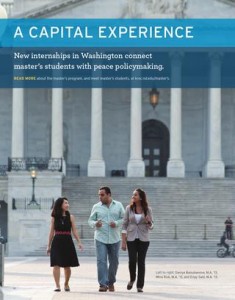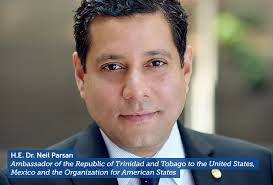International Day of the Girl
One of the keys for peace in the world is Clean Drinking water for the 1 bullion or so people who do not now enjoy regular clean water. One of the many organizations working on this mission is Pure Water For The World.
They are working in Haiti and Honduras and elsewhere in Latin America. They are in essence ambassadors for peace in their own way and we celebrate them.
On their recent blog, we note that today is International Day of The Girl and share with you their post. (Here is the Link: http://www.purewaterfortheworld.org/water-blogged/2015/10/09/international-day-of-the-girl/#.VhrqyflVhHw)
Fri October 09, 2015
By Kaylee Pratt, Intern
This year, 2015, the UN would like to shed the light specifically on the empowerment and rights of adolescent girls with the theme being The Power of the Adolescent Girl: Vision for 2030.
Pure Water for the World (PWW) strives to find new ways to help underserved communities reach their goals of living a sustainable life. One focus is on girls’ rights to water and sanitation with menstrual hygiene management being a huge factor.
In January, 2015 PWW conducted a survey that evaluated the need for menstrual hygiene management in Trojes, Honduras. They found that a number of adolescent girls reported missing school due to menstruation related causes. They also determined women and girls are negatively altering their daily hygiene habits and diets during menstruation and that men and boys have a lack of understanding, and sometimes respect, for women and girls who are menstruating.
PWW has started to revise and implement the water and sanitation curriculum shared by PWW to teachers to address the needs of both students and teachers. This additional information, training and materials will give teachers the support that they need and provide additional education for students on water, sanitation, hygiene education and menstruation.
With more girls are being educated about menstruation and having the proper resources available for parents to educate both girls and boys in their homes, it will create a comfortable environment for them to learn about menstruation and how to comfortably address it. Along with access to improved sanitation facilities in schools, these girls can continue to pursue an education past the 6thgrade.
We are excited to be adding improved education for teachers and menstrual hygiene management to our tool box and hope to be able to share more!

—-
Working for peace in the world takes many forms, One of the most basic is meeting peoples basic needs. We Celebrate those who step forward to assist in the process.









